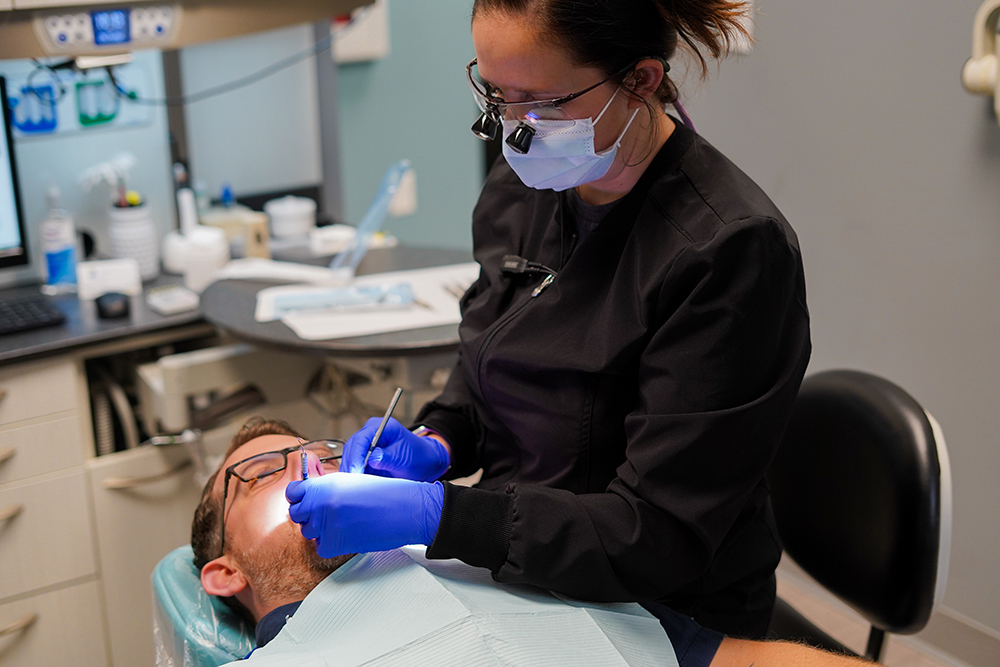Unfortunately, plaque is something that everyone experiences. If not properly treated, plaque hardens into tartar and can lead to further issues including cavities, gingivitis, and tooth loss. Keep reading to learn more about what causes plaque buildup on your teeth and the best ways to remove and prevent plaque.
What is Plaque?
Plaque is a sticky, colorless film of bacteria and sugars that constantly forms on our teeth. It accumulates on your teeth, both above and below your gum line. Plaque develops when foods containing carbohydrates, such as milk, soft drinks, raisins, cakes, or candy are frequently left on the teeth. Bacteria that live in the mouth thrive on these types of foods, producing acid as a result. Those acids can cause problems like cavities and tooth decay.
What Oral Problems Can Plaque Cause if Left Untreated?
When plaque continues to build up on teeth, it begins to eat away the enamel, causing cavities and tooth decay. It can also cause gingivitis or severe periodontal disease. If left untreated, plaque becomes tartar, which can cause bad breath and yellow teeth.
What Individuals are More Likely to Get Plaque?
Although every individual gets plaque on their teeth, you may develop more plaque than the average person if you:
- Have dry mouth due
- Consume a lot of sugary or starchy foods or drinks
- Have a history of head or neck radiation
- Smoke
Best Ways to Remove and Prevent Plaque
The easiest way to remove and prevent plaque build-up is by brushing and flossing your teeth at least twice per day. It is recommended that you use a soft-bristled toothbrush or an electric toothbrush and that you replace it every few months as the bristles begin to fray.
Because plaque accumulates so quickly, some experts have recommended additional at-home treatments to prevent or remove plaque buildup. These methods include baking soda and oil pulling treatments.
Baking Soda: Research has found that combining your regular toothpaste with baking soda is an effective way to get rid of plaque. Baking soda helps to remove plaque because it is a natural cleanser and abrasive, meaning that it is good for scrubbing.
Oil Pulling: Oil pulling is also said to be an effective method when it comes to removing and/or preventing plaque buildup. Swishing oil in your mouth not only helps to remove plaque, but it also helps to strengthen your teeth, soothe sore gums, and prevent tooth decay. To try the oil pulling method, swish about one tablespoon of coconut or olive oil around in your mouth for approximately 20 to 30 minutes.
If the plaque on your teeth has already hardened into tartar, it will need to be removed by a dental professional. Your dentist or oral hygienist should remove the plaque when you have your next regular checkup and cleaning appointment. They may also perform a fluoride treatment, which can help to prevent and slow the growth of plaque on your teeth.
If you are experiencing a dental issue related to plaque or tartar buildup, schedule an appointment with your local dentist right away. The sooner you address the dental issue, the less likely it is to cause damage and the easier it will be to treat. Contact our office at (501) 312-7576 to schedule your appointment today!


Recent Comments